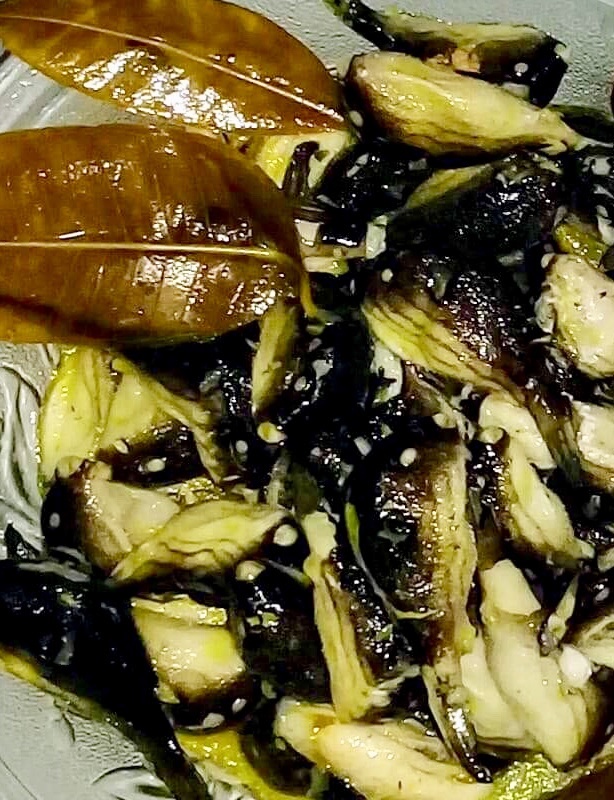
Cooked Lokô-lokô
THE MONTHS of July and August are much awaited in the town of Bantayan. The Habagat or southwest monsoon not only brings rain during these months, but it also ushers the season for Lokô-lokô (pufferfish), which is considered a delicacy in the island. I hear Bantayanons talk about the special taste of the cooked Lokô-lokô—the most prized part of the fish is the liver and it is described
as “smooth and buttery, like foie gras to the French.”
There was a time when the northernmost island of Cebu province did not have easy access to the mainland, and vice versa.
I think this is one of the reasons why Bantayanons have developed their own dialect—a mixture of Ilonggo, Waray and Cebuano. At times, some words are spelled exactly the same way but have
a different pronunciation and a completely different meaning. The island was also populated by people from Iloilo, Leyte, Masbate, Negros and Cebu. No wonder the puffer-
fish is called Lokô-lokô by Bantayanons, while elsewhere it is referred to as Buriring.
Lokô-lokô is the local name of the juveniles of a distinct species of pufferfish belonging to the family Tetraodontidae. Fish vendors in the Bantayan market would inform buyers what to look for in order to ensure them that the Lokô-lokô is the safe kind of pufferfish: A fish that is whole is poisonous. Look for the ones with cleft lips. The belly should be yellowish in color, and a white stripe in
the belly is another sign that it is safe to eat.
According to fisherfolk, the Lokô-lokô can be found in seagrass beds so it is easy to harvest. The time when it’s not present is when the octopus or Kugita is in season. It seems the Kugita likes to eat the Lokô-lokô!
Bantayanons cook this fish with Libas leaves. The Libas tree is known scientifically as Spondia Pinnata. Its leaves, fruit and bark have medicinal properties that can treat wounds, sores and burns.
The leaves of this tree is sour so it is perfect for Inun-unan. In the fish market of Bantayan, the Libas leaves seller is usually next to the one selling Lokô-lokô.
How to cook Lokô-lokô:
* Rub salt over the Lokô-lokô, then rinse with water. This removes the sliminess of the fish.
* Line a clay pot or caldero with Libas leaves and Tanglad (lemon grass). If you want the dish to be more sour, add Libas leaves. Pound the white portion of the Tanglad before placing it in the pot.
* Add the Lokô-lokô and the desired amount of water. More liquid if you want a soup, and less if you want it drier.
* Salt to taste.
* Cook for 15 to 20 minutes in medium fire.
* * *
Special thanks to Mary Frances V. Despi and Gal Castro Minoria

